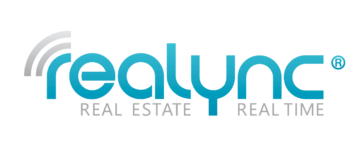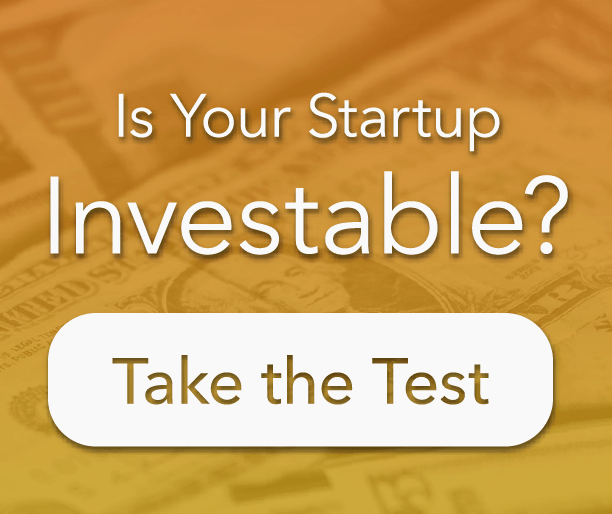How do you appeal to one of the largest generations in history? To market to a millennial, you should start thinking like one. (PSL not included.)
Before discussing how to reach Millennials, it’s critical to understand how monumental moments in history have shaped their perspective.
First off, everyone seems to be confused on what time span actually classifies someone as a Millennial. The United States Census Bureau set the range as anyone “born between 1982 and 2000.” Millennials represent over a quarter of the nation’s population at 83.1 million, surpassing Baby Boomers (born between 1946-1964) at 75.4 million. We have lived through huge shifts in society including: dial-up internet, the Afghan War, September 11th, a recession, the rise of Google and Apple, electing the first African-American President, smartphones, climate change, and Facebook just to name a few.
I say “we,” because I am a Millennial. At 23, I’ve heard the stereotypes, felt the effects of a shifting society, and grew up with the rise of the Digital Age. Now we’re entering the workforce, and what we experienced during our formative years is drastically affecting our consumer habits.
Here’s the 101 on what Millennials look for and why it matters.
Out With The Old, In With The New
If you think just putting your business in our face will make us buy your product, think again. Former outbound marketing is on the downturn while inbound marketing is gaining momentum. The major difference? Inbound is interactive, two-way communication, while outbound is one-way communication.
Here’s an example: Let’s say a stranger walks up to you with the intention of selling you their product, a robot that grooms your pets.
Scenario 1
He immediately goes into his sales pitch about the amazing features of this dog-grooming robot. You’re not interested. You walk away, yet he continually pops up around every corner again, and again, and again. By the end of the day, you’ve associated his product with annoyance. The stranger knew nothing about you, or the fact you don’t even own a dog, and yet he persisted with his sales pitch.
Scenario 2
He introduces himself, and before indicating he is attempting to make a sale, asks if you are a dog or cat person. You inform him you are a cat person who owns two pets. The conversation moves into the joys and troubles of being a cat parent, then he tells you about this product that can reduce hairballs by consistent grooming. He shows you his social media site where you can find more information on the benefits of the product.
Scenario 1 is how outbound marketing works – companies push information onto consumers that may or may not be relevant. Scenario 2 gives the consumer more control of the type and amount of information they receive, which is the principle of inbound marketing.
There is a fundamental change in consumer behavior – they have more control now than ever. You need to earn their trust, not buy it.
7 Startup Lessons Learned From Previous Mistakes
Find it Online
We live in a digital age. In 2013, the U.S Census reported that 83.8% of American households own a computer, and 74.4% of all households have internet. Additionally, in 2016 Pew Research Center found 77% of all Americans own a smartphone.

No longer is it enough to feature your business in the local paper. In order for businesses to keep and grow their consumer traffic, they will need an online presence. The two main ways are through social media or a website. Most businesses will have both, but if you are sticking to a small budget then social media is the most valuable option. Signing up is free, you can connect with millions of other users, and most will have the option of listing your account as a personal or business profile.
Thanks to modern innovation, there are a plethora of tools that can give vital information about your consumers by how they act and react to your online presence. For example, HotJar is a service that lets you heat map your website to see what information users interact with. They measure clicks, time spent on page, and even provide customer polling and feedback. The ever popular Google Analytics lets you measure website data – where your users come from, how long they stay, acquisition source and much more. Finally, services such as Quill Engage can compile the data into easy to digest weekly or monthly reports.
By having and maintaining a website / social media page, you increase your chances of earning consumer trust. This will also improve your credibility and engagement with your target market.
Instant Gratification
As a product of the digital age and the transformation of technology, Millennials are used to instant gratification. Rather than looking up answers in textbooks, we ask Google (or Siri). Microsoft has reported that the average person has the attention span of 8 seconds, which is 1 second slower than a goldfish.
Social media and websites are continuously promoting and adapting to this behavior. Snapchats last ten seconds, you can scroll through at least 20 items of information in 30 seconds on Facebook, and tweets can only contain up to 140 characters.
What does this mean for businesses? Make your content easy to digest. If you catch the attention of a millennial, you may only have 8 seconds of their interest. Make it count.
It’s All About Content
Content is critical in modern marketing. So what does content marketing consist of?
 Infographics
Infographics- Videos
- How-To’s
- Blogs
- Easy to read educational material
- Podcasts
- White Papers
- Case Studies
- Personal Testimonies / Reviews
- Polls
The list is ever-growing, but that doesn’t mean your business will need every bit of content marketing available. The key is to mold your content marketing strategy to your audience, and make the information easy to take in. If you’re in the food industry, take photos and be engaged with Instagram. Selling a game or App? There is a huge gamer community on Youtube and Twitch. If health & lifestyle is your market then you should seriously consider developing a blog. Construct a content marketing plan that fits your target market.
7 Concept Stage Branding & Marketing Items to Consider
Make It Personal
Evoking an emotional response from your audience is a great way to promote engagement and sharing. Most content that goes viral has filled the audience with awe, sadness, or joy.
As an example, I will forever remember the ASPCA for their 2007 sad animal commercial to the soundtrack of “Arms of an Angel.” Every time those puppies looked through those metal bars I wanted to hug them and cry. That commercial made me feel like those pets needed me, and all I had to do was donate to their cause to help them. They successfully raised millions of dollars and made thousands of Americans care about animal shelters.
Part of why your product or service is interesting is the story behind it. Tell your story, whether it be through the problem, solution, or journey of how you got there.
Memories Over Materials
From 2007-2009, America went through a recession that impacted everyone from all walks of life. Many lost their jobs, their savings, the housing market was crashing, and people were worried. That left an impact on Millennials.

That played a big part in what shaped the new “sharing economy.” Millennials are willing to pay more for experiences such as shows, concerts, festivals over paying for big expenses like a car or house. This generation simply values connection to their friends, family, and community over monetary items. Sharing also means reducing waste, which in turn helps the environment. Our impact now will affect the planet for the next 100 years, and we will be the ones living in with it.
Companies such as Uber, AirBnB, and Spotify are great examples of businesses that have adapted to the new economy. They give Millennials accessibility without the responsibility of ownership.
Loud and Proud
Social media has given Millennials a voice previous generations missed out on. We give the term “Freedom of Expression” a new meaning. Our opinions and comments can make or break a company, whereas in the past it may’ve only mattered to friends and family.
This holds businesses to a new level of accountability. Have a bad product, poor customer service, or mistreat your employees? Your consumer will know fast. Reviews and research are now more accessible than ever. That can either exponentially grow or kill your company.
Here Today, Gone Tomorrow
As previously mentioned, Millennials are used to instant gratification and have 8 second attention spans. When we like something, we really like it; however, it’s not long before we move onto something else.
Meme and Viral are two words that did not exist before 1975, but are foundational words on the internet today. Some people think that to go viral is achieving the ultimate internet success….which is only halfway true. This is rarely done on purpose, and the limelight fades away quickly. What is more important is the ability to adapt to a market that is constantly changing. Chances are your product will be useless or lose consumer interest within the next five years if you are not capable of morphing the product.
If you grab the attention of the internet? Act fast, your golden ticket won’t last forever.
Eight things Startup Business Owners Need to Know about Millennials










